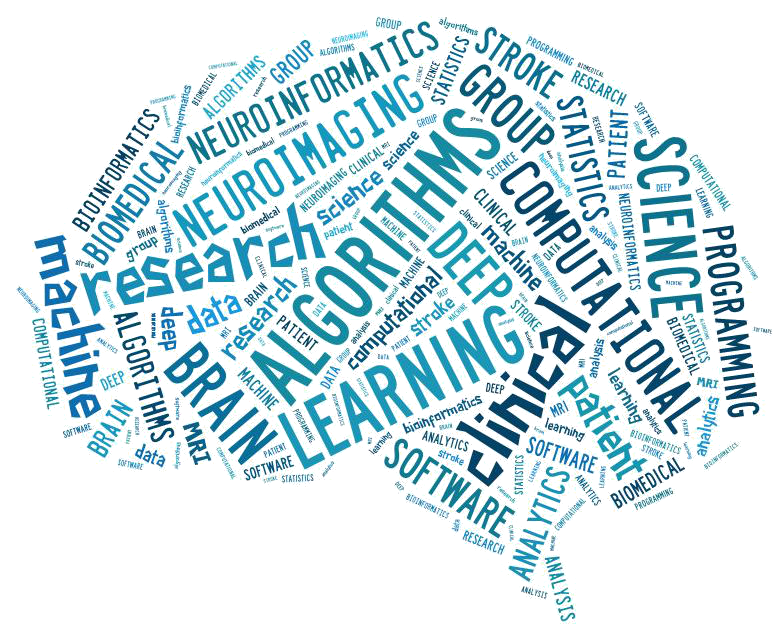Etherton MR, Schirmer MD, Zotin MCZ, Rist PM, Boulouis G, Lauer A, Wu O, Rost NS. Global white matter structural integrity mediates the effect of age on ischemic stroke outcomes. Int J Stroke 2021;:17474930211055906.Abstract
BACKGROUND: The relationship of global white matter microstructural integrity and ischemic stroke outcomes is not well understood. AIMS: To investigate the relationship of global white matter microstructural integrity with clinical variables and functional outcomes after acute ischemic stroke. METHODS: A retrospective analysis of neuroimaging data from 300 acute ischemic stroke patients with magnetic resonance imaging brain obtained within 48 hours of stroke onset and long-term functional outcomes (modified Rankin, mRS) was performed. Peak width of skeletonized mean diffusivity (PSMD), as a measure of global white matter microstructural injury, was calculated in the hemisphere contralateral to the acute infarct. Multivariable linear and logistic regression analyses were performed to identify variables associated with PSMD and excellent functional outcome (mRS < 2) at 90 days, respectively. Mediation analysis was then pursued to characterize how PSMD mediates the effect of age on acute ischemic stroke functional outcomes. RESULTS: White matter hyperintensity volume, age, pre-stroke disability, and normal-appearing white matter mean diffusivity were independently associated with increased PSMD. In logistic regression analysis, increased infarct volume and PSMD were independent predictors of excellent functional outcome. Additionally, the effect of age on functional outcomes was indirectly mediated by PSMD (P < 0.001). CONCLUSIONS: As a marker of global white matter microstructural injury, increased PSMD mediates the effect of increased age to contribute to poor acute ischemic stroke functional outcomes. PSMD could serve as a putative radiographic marker of brain age for stroke outcomes prognostication.


